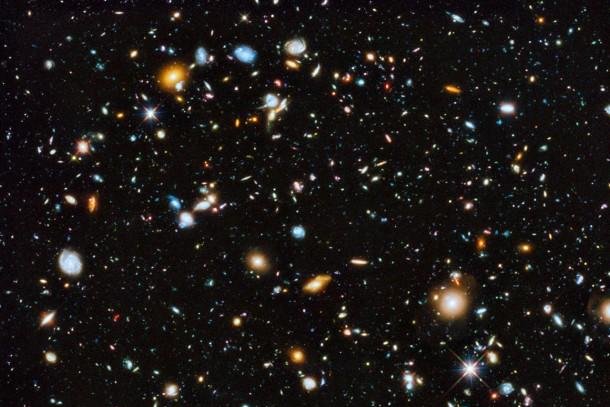WASHINGTON, June 3 (UPI) -- Thanks to astronomers working on the Ultraviolet Coverage of the Hubble Ultra Deep Field (UVUDF) project, scientists now have one of the most comprehensive pictures of the early and rapidly expanding universe.
Previously, astronomers knew a lot about nearby galaxies, as well as galaxies far, far away. But information about star systems and galaxies roughly 5 and 10 billion light-years away from Earth -- a region corresponding to the galactic time when most stars where born -- have proved more elusive.















